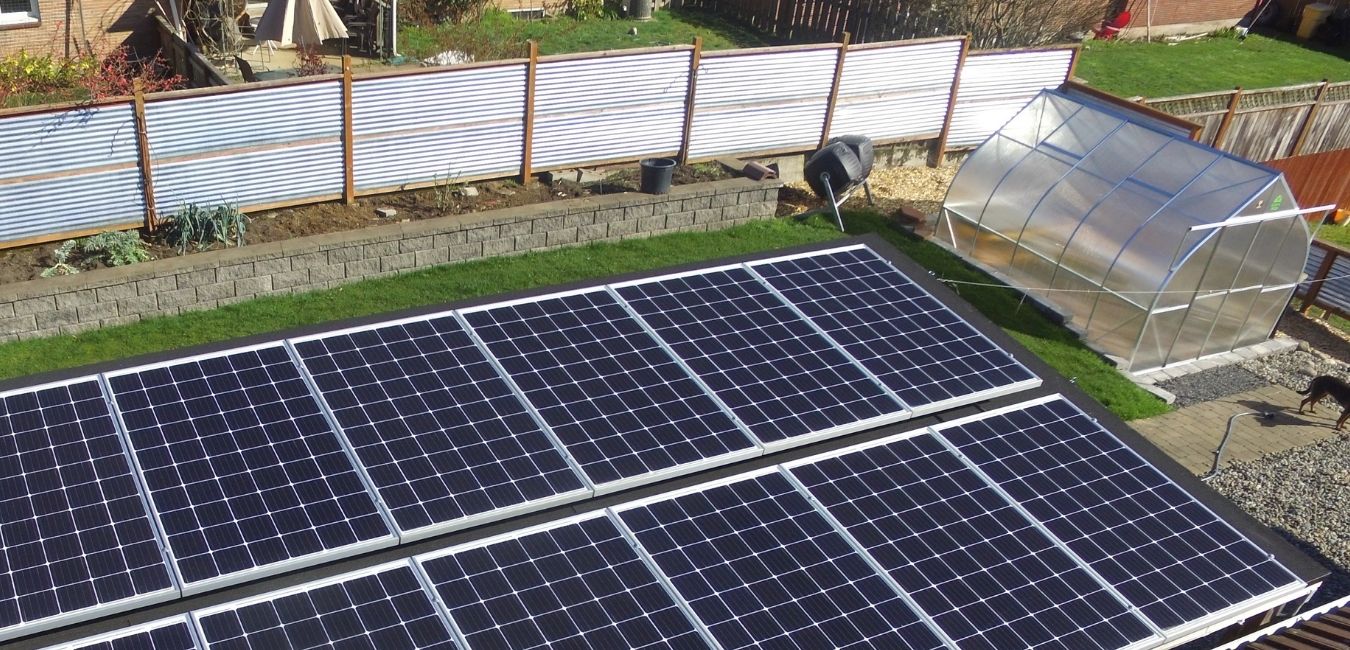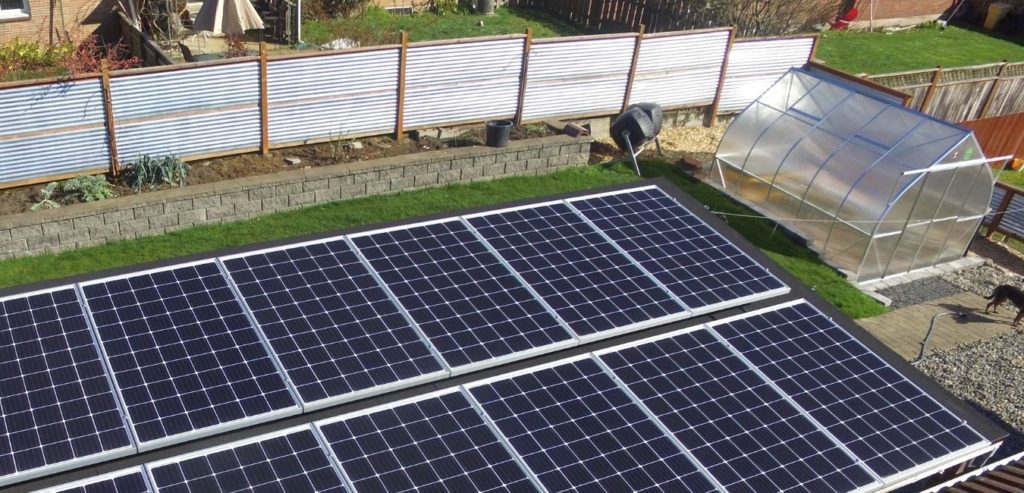Happy Valley, Oregon Solar Panel Guide
Despite getting an average of 48 inches of rain each year, Happy Valley, Oregon is an excellent place to invest in solar energy. Seem counterintuitive? At Sunbridge Solar, we are dedicated solar installers for the Portland and Vancouver metro areas, and we want to share with you how solar energy works and why it’s a good investment – even in the rainy Pacific Northwest. Let’s dive in.
Solar Panels for Happy Valley Homes
Installing a solar energy system at your home benefits you in many ways. Specifically, it will save you money on your electric bills, increase the value of your home, and reduce your carbon footprint. Solar provides a green, renewable, emissions-free source of energy right at your home.

Solar Panels for Businesses
Business owners can also benefit greatly from installing a solar energy system. Commercial solar energy systems function just like residential systems but on a much larger scale. Many business owners choose to mount solar panels on the roof of their business as well as on carports and parking shade structures to maximize their energy production.
How Does Solar Help My Bottom Line?
First and most importantly, solar energy can essentially reduce your energy costs to zero, which dramatically lowers your overhead costs. The system will save you money right away, and it will also protect you in the future from energy rate hikes and inflation, which can make budgeting complicated. Additionally, you may be able to take advantage of various solar incentives, including some significant tax breaks.
Prepare for Emergencies
At Sunbridge Solar, we know that being able to store your solar energy at your home is a big draw, so we also offer home battery backup systems. These systems have two main benefits: you can store energy to have power even during grid outages, and you’ll save money by avoiding time-of-use rates.
Having emergency backup power during a grid outage can be lifesaving as well as money-saving. If you or a loved one depends on medical equipment that requires electricity, the energy stored in your batteries can be enough to tide you over until grid power is restored or you can find an alternative electricity source. Additionally, if you have a refrigerator full of food, this stored power can be the difference between safely storing your food and having to throw out hundreds of dollars worth of groceries.
How Do Time-of-Use (TOU) Rates Work?
Time-of-use rates essentially vary the price of grid energy based on how many people are using electricity at any given time – so the higher the demand, the higher the price of electricity. In practical terms, this means that energy costs will be low during the day when most people are at work or school and aren’t consuming much power at home, and higher during the evening hours when people are home from work, turning lights on, watching TV, using appliances, and so forth.
With a battery backup system, you can stash energy in your batteries when it’s cheap or using free energy from your solar panels, and then use that stored energy at peak rate times to avoid paying inflated prices.
Electric Vehicle Charging Stations
Home electric vehicle charging stations make owning an EV much more practical. We offer both Level 1 and Level 2 EV charging stations that can be used in conjunction with your solar energy system and home battery backup system.
Solar FAQs
Here are a few questions we get asked a lot. If you have more questions, feel free to contact us.
How Does Solar Work in the Happy Valley?
Generally, solar panels are installed on the roof of your home. The best mounting position in the Pacific Northwest is on a sloped, south-facing part of your roof. When the sun’s rays hit the positively charged panels, electrons are knocked loose from the small pieces of elements embedded in the silicon, which generates an electrical current.
This direct current (DC) energy then flows out of the panels into wires, which lead to an inverter. The inverter converts the DC energy in alternating current (AC) energy, which is what your household electronics, lights, and appliances use.
When the photons in the sun’s rays hit the surface of the panels, they knock electrons loose within the silicon, which creates an electrical charge. This charge then flows through wires to an inverter, where it’s converted from DC to AC power, which is what your household appliances and devices use.
What If I Produce More Electricity Than I Can Use
If you produce so much energy that you can’t use it all, you’re in luck - Oregon has some of the best net metering policies in the country, which means that you can essentially ‘sell’ your excess energy to your utility company and be compensated with credits on your account. You can then use these credits against future energy bills to help keep your energy costs low throughout the entire year.
This is particularly beneficial since in Happy Valley, we often enjoy long, sunny summer days where energy production will be high, which can then offset the short rainy winter days where energy production is low.
How Long do Solar Panels Last?
Most solar panels have an average lifespan of 25 to 30 years. In most cases, only minimal maintenance is required - often just annual cleanings and inspections.
In Oregon, the average payback period for solar energy systems is 10.32 years, which means that in that time period, you will have saved as much money on your energy bills as you initially spent on the system. After the system has paid itself off, you can then continue to enjoy free or very low-cost energy for another 15-20 years.
Are There Any Solar Incentives Available in Happy Valley?
Yes, Oregon has some excellent solar incentives besides net metering. These state and local offers can be combined with federal incentives like the solar investment tax credit to significantly reduce your upfront cost.
What Are You Waiting For?
Contact us at Sunbridge Solar today to schedule your free consultation and receive a free solar project quote. We are your Pacific Northwest solar resource and we are here to answer any questions you may have and guide you through the entire solar installation process.

